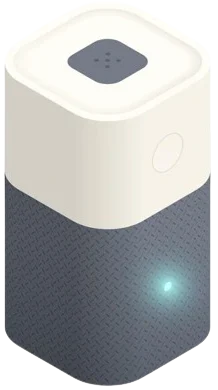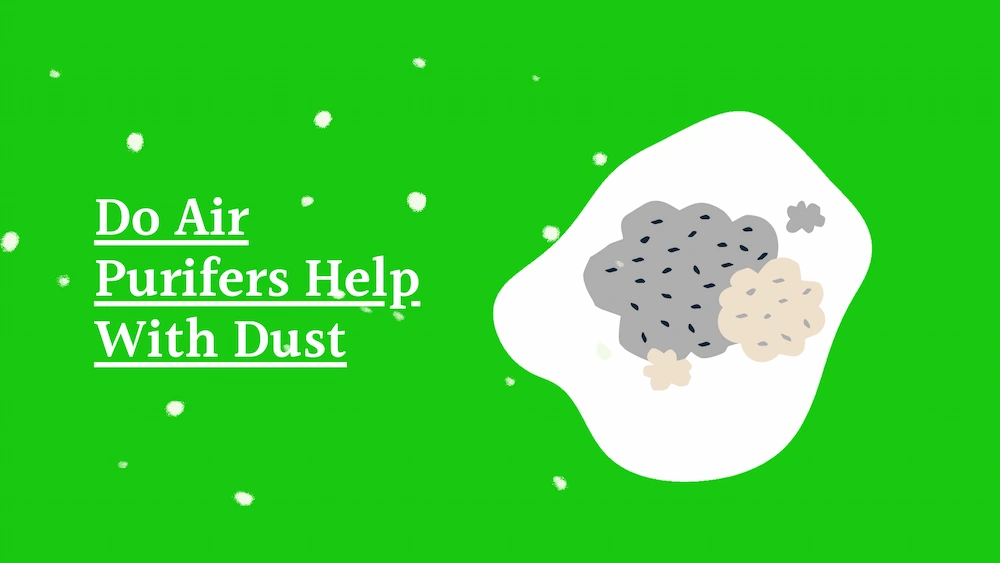Air quality in our homes is an often-overlooked aspect of our overall health and well-being. Dust is a common airborne irritant that can exacerbate allergies and respiratory conditions. For homeowners and allergy sufferers, using an air purifier can be an effective strategy to combat the dust that accumulates in our indoor spaces. In this guide, we will walk you through the process of using air purifiers to significantly reduce the presence of dust in your home.
Understanding Air Purifiers
Air purifiers are devices designed to remove pollutants, including dust, from the air. They work by pulling in air through a series of filters, trapping particles, and then circulating the clean air back into the room. The efficiency of an air purifier in removing dust depends on the type of filter it uses.
Types of Air Purifiers Suitable for Dust Removal
Not all air purifiers are created equal. When selecting an air purifier to combat dust, consider the following types:
- HEPA Filters: High Efficiency Particulate Air (HEPA) filters are your best bet for capturing dust and other fine particles. They can trap at least 99.97% of airborne particles as small as 0.3 microns, including many allergens.
- Activated Carbon Filters: These are effective at removing larger particles as well as odors, but they may need to be supplemented with a HEPA or other type of filter for optimal dust removal.
- Ionic Air Purifiers: Utilizing an electrostatic charge, these purifiers can attract dust to a metal plate or the floor, which can then be cleaned. However, there are concerns about the ozone these purifiers may produce.
Placement and Setup
For an air purifier to work effectively in reducing dust, proper placement and setup are key.
Ideal Placement for Maximum Efficiency
Position the air purifier in the area where you frequently spend time, like the bedroom or living room. Ensure that the purifier has enough space around it for proper airflow. Corners or the wall opposite the door are often recommended spots for maximum coverage.
Step-by-Step Guide to Setting Up an Air Purifier
To set up your air purifier:
- Unbox and Inspect: Carefully unpack your air purifier and check for any damage.
- Insert Filters: Depending on the model, you may need to install one or more filters. HEPA filters and pre-filters are the most common and should be inserted according to the manufacturer’s instructions.
- Plug In: Connect the power cord and plug the purifier into a wall outlet.
- Set Speed and Timer: Depending on your needs, set the fan speed and timer to run continuously or at scheduled intervals.
- Run a Test: Turn the purifier on and observe how it affects the air quality. Many purifiers have indicators to show when the air is clean.
Maintenance Tips
For your air purifier to continue functioning at its best, regular maintenance is essential.
Regular Cleaning of Filters
HEPA and other filters will collect dust over time and can become less effective.
- Vacuum: Use a vacuum with a brush attachment to clean off the larger particles from the surface of the filters.
- Wash (if applicable): Some filters are washable, which can help maintain their effectiveness without needing to be replaced as often.
Replacing Filters as Needed
Most air purifiers will come with guidelines on when to replace the filters.
- Follow Manufacturer Recommendations: These guidelines are based on the specific air purifier and usage conditions.
- Monitor Effectiveness: If you notice the air purifier is becoming less effective at removing dust, it may be time to replace the filters.
Additional Strategies for Dust Reduction
Air purifiers can play a significant role, but they are just one part of the dust-fighting equation.
Vacuuming and Dusting Tips
Regular vacuuming and dusting are crucial to reducing the dust in your home:
- Use a HEPA Vacuum: This will not only remove dust from your floors but also keep it from being redistributed back into the air.
- Microfiber Cloths: These will trap dust better than traditional feather dusters or cotton cloths.
Controlling Humidity Levels
Maintaining appropriate humidity levels in your home can help prevent dust from becoming airborne.
- Use a Humidifier: In dry climates or during dry seasons, a humidifier can add moisture to the air. Aim for a humidity level between 30% and 50%.
- Fix Leaks: Water sources can lead to mold, which can contribute to dust problems.
By combining an air purifier with diligent cleaning and environmental management, you can significantly reduce the dust in your home, leading to cleaner, healthier air for you and your family.
In conclusion, air purifiers can be powerful allies in the fight against indoor dust. When used in conjunction with good cleaning practices and environmental control, you can create a home environment that is much more conducive to good health. Whether you’re a homeowner looking to keep your residence clean or an allergy sufferer hoping to alleviate symptoms, following these steps will help you make the most of your air purifier and breathe easier.
Fausto Bhangi, the creator of Iniciar Sesion, has been delving into air purifiers and indoor air quality since 2019. As our chief tester, he oversees all the evaluations we conduct on air quality products. Hence, you’ll consistently find his name associated with our reviews.

